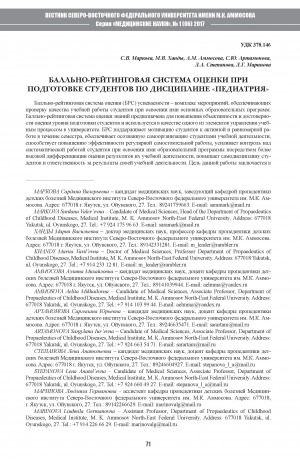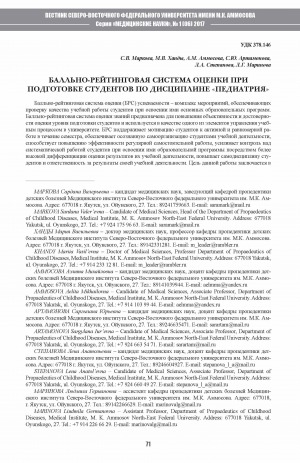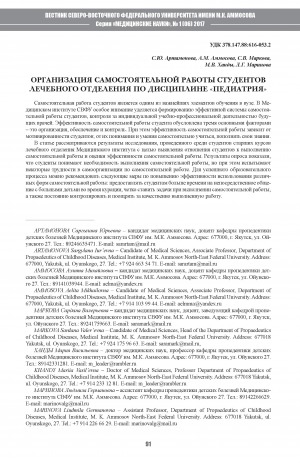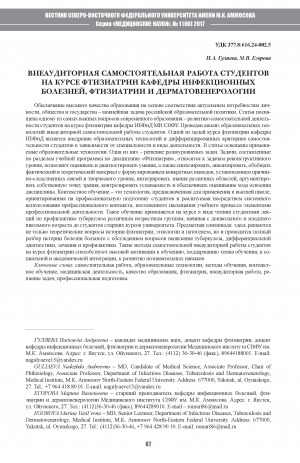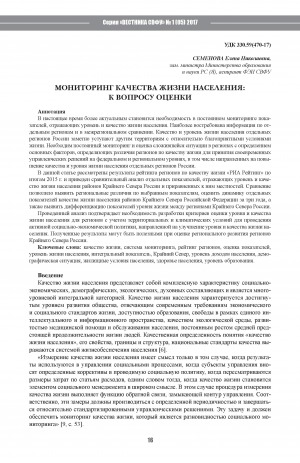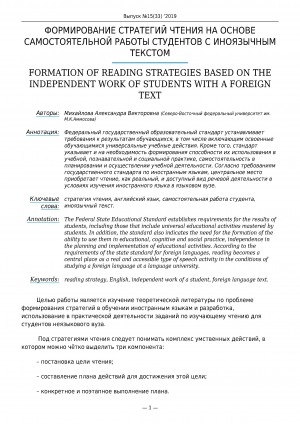Преподавание внутренних болезней в медицинских вузах начинается на кафедрах пропедевтической терапии. В курсе пропедевтики внутренних болезней изучаются семиотика и диагностика болезней, студент овладевает логикой построения диагноза. Изучение основных терапевтических заболеваний служит иллюстрацией клинической значимости симптомов, при разборе истории болезни конкретного больного студенты овладевают методами диагностики. С первых дней работы в клинике студент должен также овладевать основами врачебной деонтологии, что входит в задачи курса пропедевтики внутренних болезней. Методика преподавания, в принципе оставаясь классической, постоянно совершенствуется и меняется только в аспекте внедрения новых обучающих технологий. Подобный подход необходим в связи с научнотехническим процессом и возможностью специалистов непрерывно приобретать новые знания. Профессорско-преподавательский коллектив организует занятия не столько в передаче студентам информации, сколько в стимуляции их познавательной деятельности, т.е. идет поиск новых и совершенствование традиционных форм преподавания, оптимизации и интенсификации учебного процесса, повышение объема и уровня организации самостоятельной работы студентов под контролем преподавателей. В статье представлены основные положения проблемы внедрения балльно-рейтинговой системы (БРС) оценки деятельности студентов в медицинском вузе. Перечислены задачи и этапы внедрения балльно-рейтинговой системы, контрольные недели и модели подсчёта рейтинга по дисциплине. Положение о балльно-рейтинговой системе Северо-Восточного федерального университета определяет порядок оценки знаний студентов и используется с целью личностно-ориентированного обучения, стимулирования систематической работы студентов, раскрытия их творческих способностей, дифференциации оценки знаний при уровневой системе высшего образования. Балльно-рейтинговая система оценки знаний предназначена для повышения объективности и достоверности оценки уровня подготовки студентов и используется в качестве одного из элементов управления учебным процессом в университете
Teaching of Internal Diseases in medical schools begins in departments of propaedeutic therapy. The Propedeutics of Internal Diseases course covers semiotics and diagnosis of diseases, where students master the logics of constructing diagnosis. Learning basic therapeutic diseases illustrates the significance of symptoms, when analyzing an individual patient’s medical history students acquire the methods of diagnostics. From the first days of work in the clinic, students must master the basics of medical ethics that is included in the objectives of the Propaedeutics of Internal Diseases course. Though the teaching method remains classical in principle, it is constantly improving and changing with the introduction of new learning technologies. Such an approach is necessary regarding the scientific and technical process and the ability of specialists to acquire new knowledge continuously. The training staff organizes classes not only to transmit information to students, but rather to stimulate their cognitive activity, which means the search for new and improved forms of traditional teaching, optimization and intensification of the educational process, increase in the scope and level of organization of independent work of students under the lecturers’ supervision. The main problem is implementing the provisions of the point-rating system of evaluating students’ activities in the medical school. The article lists the tasks and stages of introducing the point-rating system, control weeks and the model of calculating rankings for the discipline. The Guidelines on the point-rating system on North-Eastern Federal University define the procedure of evaluating students’knowledge and are used for the purpose of student-centered learning, promoting the systematic work of students, revealing of their creative abilities, differentiation of knowledge evaluation in the higher education system. The point-rating system of knowledge evaluation is designed to improve the objectivity and reliability of students’ level of training, and the evaluation is used as part of the educational process management at the university. The main objectives of the point-rating system are: -to support the motivation of active and uniform work of students during semester; - to ensure a conscious self-organization their learning activities by students; -to enhance the efficiency of regular independent educational work of students during semester; - to strengthen the control over the systematic work of students during the development of the program through higher differentiation of evaluating results of their learning activities, -to improve the discipline of students and the responsibility for the results of their learning activities; - to get an objective evaluation of student’s academic performance and mastery of the competence of the discipline and the curriculum


